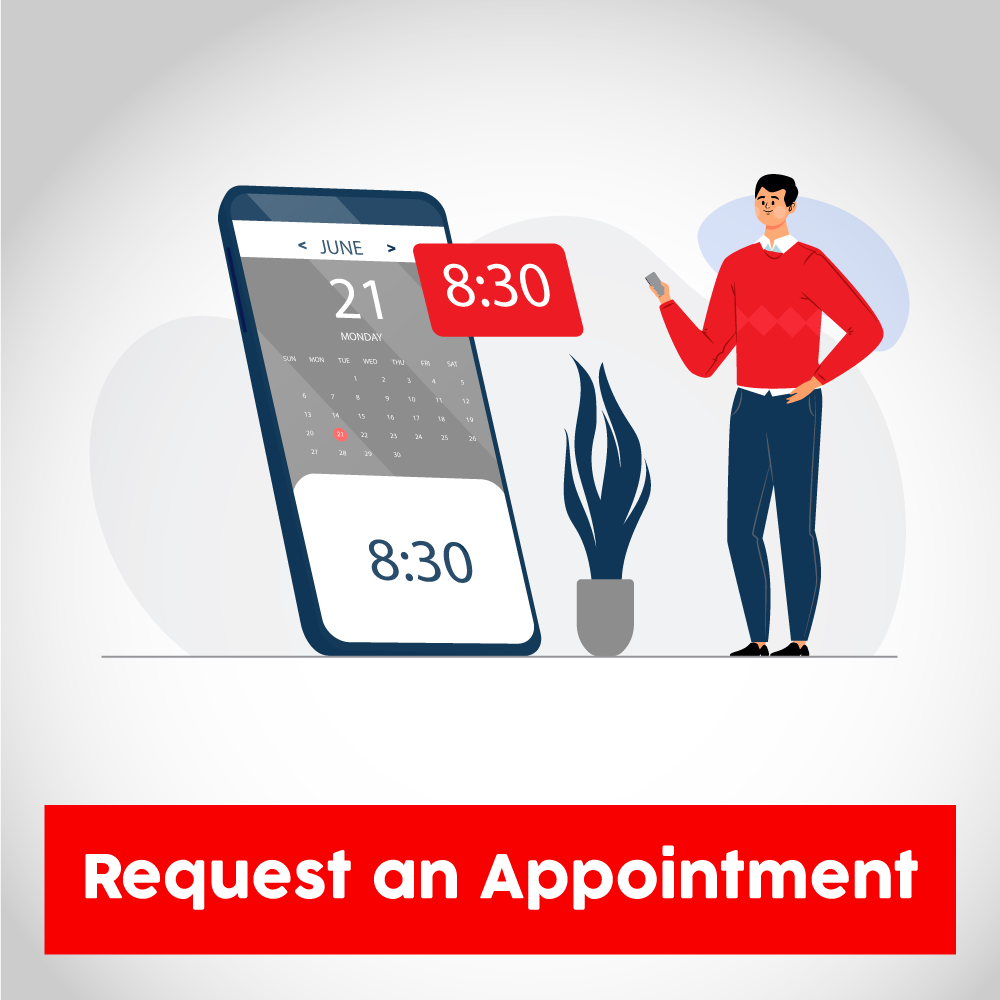Traditional advice says that when your tire tread is worn down to where the groove measures just 2/32 of an inch (and that’s the tire tread depth law in some states) or when the tread wear indicator bars are showing, then it’s time to put new tires on your car.
With many tires, though, drivers will experience a significant loss of safe traction and braking ability in rain and snow before then. Because tires wear gradually and many vehicle owners don’t regularly check their tires for tread depth or uneven wear, the loss of traction may not become apparent until the vehicle skids instead of stopping on a dime, as it once did.
New tires typically have from 10/32 to 11/32 of an inch of tire tread depth when they’re new. The deep tread, plus grooves and slits cut into the sides of the tread, allow water and snow to escape from under the tire so it can maintain adequate grip. As the tread wears and the grooves and slits become shallower, more moisture remains trapped under the tire. The tire then rides on a slippery surface of water (hydroplaning) or snow instead of “biting” the pavement.
The result is longer stopping distances, more wheel spinning in acceleration and less grip in turns.
When this slipping and sliding starts to occur — and how severe that lack of traction is — will vary by tire design and could come well before it looks like you have bald tires that need to be replaced. With some tires, the safety loss could come when there’s still, say, 5/32 of an inch of tread depth left, which would seem to be more than enough to avoid buying new tires. Some tires, though, simply have better wet-pavement and snow traction than others and will maintain it with less depth for more miles.
Mechanics can inspect tires for unusual or excessive wear, measure tread depth with a gauge and advise how much tire life is left. Depth gauges to check worn tires are available at parts stores for do-it-yourselfers, plus there’s always the penny test: Insert a Lincoln-head penny (top of the head should go head first) into a tread groove; if you can see the top of Honest Abe’s head, you need new tires.

